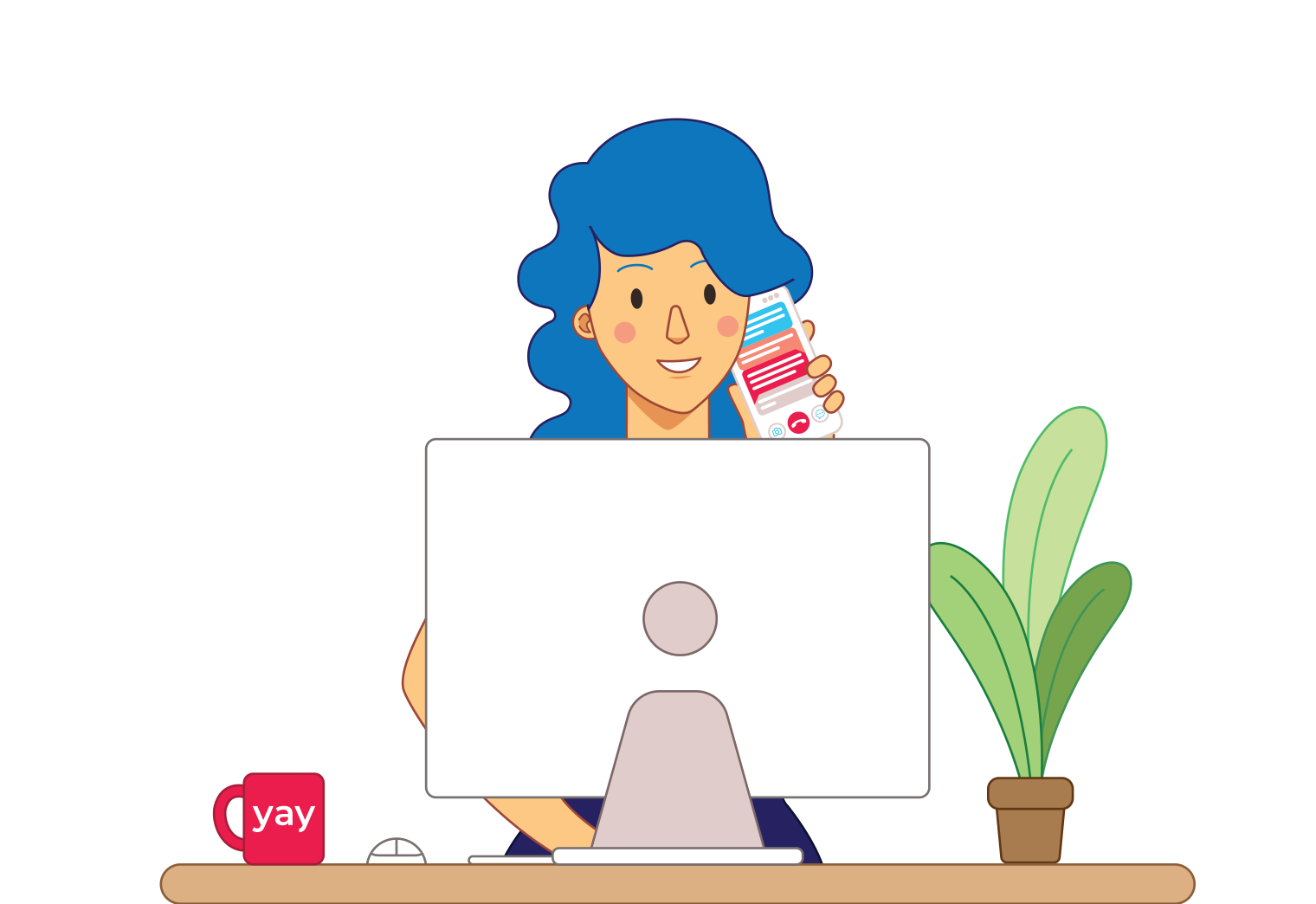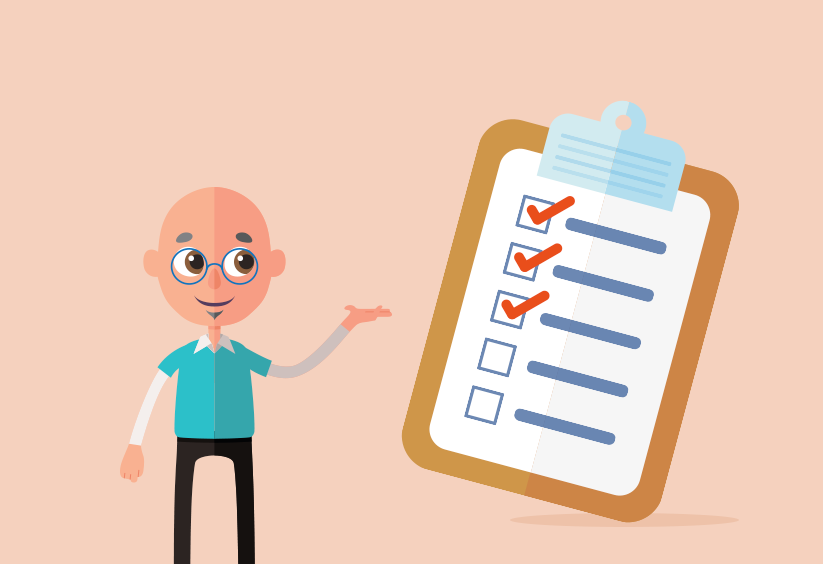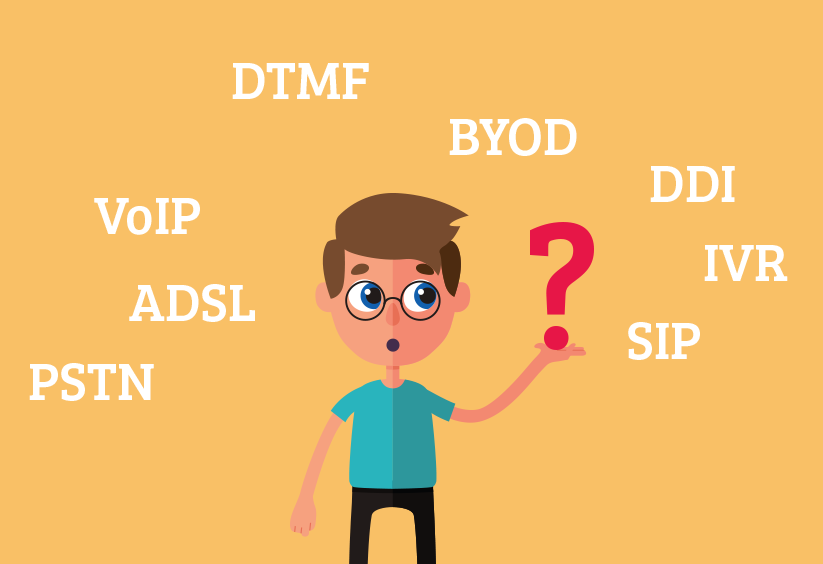Cart Total
$0.00
-
Your shopping cart is empty
Loading

Hello! Log in Your Account
New customer? Start here


|
6 min read
Contents
Quick Summary
Our call route page has been updated! Drag and drop is back; it's never been easier to configure your VoIP system's call routes.
We are pleased to announce an update to our call routing page. Our front-end team has been adding flourishes and improvements here and there to improve responsiveness and fluidity, as well as intuitiveness of design. Business VoIP has never been so easy to manage or control.
Existing Yay.com customers may already have noticed the changes. Whether you’re a current Yay.com customer or not, here we’ll describe some of the key improvements.
Drag and drop functionality is back; call routing modules can now be dragged into a specific spot in-between existing modules or tagged onto the end of your route.
Modules can still be added to a call route by clicking, though this will always add the module on to the end of the call route.

With drag and drop, it’s even easier to configure your VoIP phone system to your liking. Play instructive sounds, on-brand hold music, or begin a conference bridge simply, quickly and easily.
With the latest updates, once an end-call module is added to your call route, newly incompatible modules (other end-of-call modules) will turn inactive in the side panel, taking the guesswork out of your call route creations!
Those modules that can be added anywhere in your call route still appear as active, so you can continue plugging them in where you like!
Call routes are now more accessible dashboard-wide. Numbers and time diaries that are associated with particular call routes now provide links to their call route, so you can access a particular call route from within your phone numbers and time diary pages, making the transition from thought-to-action faster.
Our mobile dashboard has also received some significant boosts. New compact and panel views increase legibility and speed of comprehension, whilst modules are now draggable on mobile too!
Add to the above a slew of aesthetic improvements, as well as boosted performance on less widely used browsers and you have a tangible upgrade to an already powerful Yay.com feature.
Wondering what each module does? Here’s a rundown:
Often the first module in the route, this is the primary module you’ll want to use for most basic or primary call routes. Essentially: ‘when a call comes in, send it to this destination’. This can be a single Yay.com user, a group of Yay.com users (hunt group), external number (specific number not linked to a Yay.com user) or a SIP trunk.
Use this module to implement an IVR call menu into your call route. Touchtone menu options give the caller control over where the route goes next. E.g. ‘press 1 to speak to an advisor’, then route to your customer support hunt group. ‘Press 2 for returns’ and send through to your returns team hunt group.
This module gives callers a chance to call through to a specific Yay.com user in your account using their extension. Only use this option if callers to the number linked with this call route are likely to know the extension of who they are trying to call!
Route to another module based on how certain logic conditions pertain to the incoming caller ID. e.g. if the caller ID is ‘anonymous’, route to a particular module. Or, if their caller ID begins with a particular set of numbers, then route to a different module.
When you have one or more call queues set up, this option will become available. Queue notices can be used as well to keep your customer informed during their time in the call queue. This can be with information such as:
With this module you can configure the following call queue aspects:
You can choose to continue the call route after a number of minutes have elapsed, or upon a shortcode press. A call whisper option to inform active agents that someone new has just entered the call queue can also be configured with this module.
This will simply play a sound of your choice as a prompt to the customer that an event has been triggered. For example, a beep can be triggered on the event of a call queue timing out before the call route hangs up the call. This gives the caller a little more information.
Does what it says on the tin! With this module, you can prompt the caller to leave a voicemail at the mailbox of your choice. Within the module, you can set an access code to be able to access your mailbox from anywhere by calling the number associated with this call route.
No explanation necessary - this module will end the call.
Use this to repeat any given routing option at any stage of the call queue. This is very useful, for example, to send callers back to an IVR menu after a call queue timeout or similar.
Use this module to link a number to a conference bridge and to configure that conference bridge to your liking. Configuration options include:
e.g. if a call queue times out, or the caller selects a particular IVR menu option, you may want to just send them to a different call route.
If your VoIP phone system uses one or more SIP Trunks, you can use this module to send the call to the trunk. In order for this option to become active, you will, of course, need at least one SIP Trunk configured in your account.
This module will enable you to receive fax at this number. Specify an email address within the module itself in order to receive an alert by email that you have received a new fax.


Whether you’re just getting started or looking to sharpen up your business strategy, here’s how you can use social media to grow your business.
Posted March 19 2025 | 4 min

The best multi-line phone system is one that offers business-grade features like call queues and call recording for an affordable price. Discover how moving from analogue to digital VoIP can benefit enterprise or small business.
Revised July 5 2024 | 5 min

Migrating your organisation to a new phone system can seem daunting, but with our checklist, moving to VoIP can be a much smoother process for you.
Revised July 21 2022 | 5 min

Got a bad customer list as long as your arm? Need some actionable tips for conflict resolution over the phone? Here's our comprehensive guide.
Posted January 28 2022 | 19 min

For many personal users, Google Voice acts as an introductory experience to VoIP technology. For businesses, there's better out there.
Posted August 9 2021 | 7 min

Already using Yay.com as your business phone system provider? Learn more about our other services including domain name management and UCaaS.
Posted March 26 2021 | 4 min

True five star support in the telecoms industry is rare to find. Get to know our 5* support team more personally in this interview with two of its members.
Posted September 24 2020 | 12 min

With a 14 day free trial to Yay.com, you have a zero-cost, zero-risk period to try out any and all of Yay.com’s powerful features. Here’s what you can expect when you sign up.
Posted September 16 2020 | 4 min

Here are some ideas of how you can spice up your business phone system with custom audio and playlists.
Posted August 7 2020 | 4 min

Prepare for a boosted user experience with the new Yay.com dashboard
Posted February 21 2020 | 4 min

Learn all about our new Outbound Wallboards feature for Enterprise Users - outbound call statistics at-a-glance!
Posted January 31 2020 | 3 min

With upcoming General Data Protection Regulations (GDPR) coming into play on May 25th, learn what steps we have taken to ensure we're GDPR compliant.
Posted April 24 2018 | 3 min

Get to know your DTMF from your DDI when searching for a VoIP provider. Check out some of the more common VoIP terms.
Posted December 21 2016 | 5 min
Find out who Yay.com are and how we can help your business.
Posted December 5 2016 | 1 min